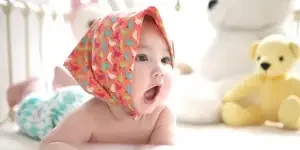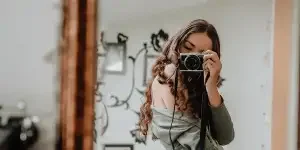Children’s fashion is undergoing an exciting transformation, blending education, sustainability, and creativity into everyday garments. Forward-thinking brands are turning clothing into tools for learning and connection, using technology like augmented reality (AR), nature-inspired designs, and eco-friendly materials. From interactive T-shirts that teach environmental concepts to clothes that reduce stress or boost immunity, these innovations are meeting parents’ growing demand for products that go beyond style. With a focus on sustainability and meaningful engagement, kids’ fashion is now helping families nurture curiosity, emotional resilience, and a deeper connection to the world around them.
Table of Contents
The Soil-to-Screen Revolution
Nature’s Classroom on Fabric
Waste Not, Wonder More
Inclusive Blooms & Brave Bots
Cultivating Tomorrow’s Forest
Conclusion
The Soil-to-Screen Revolution
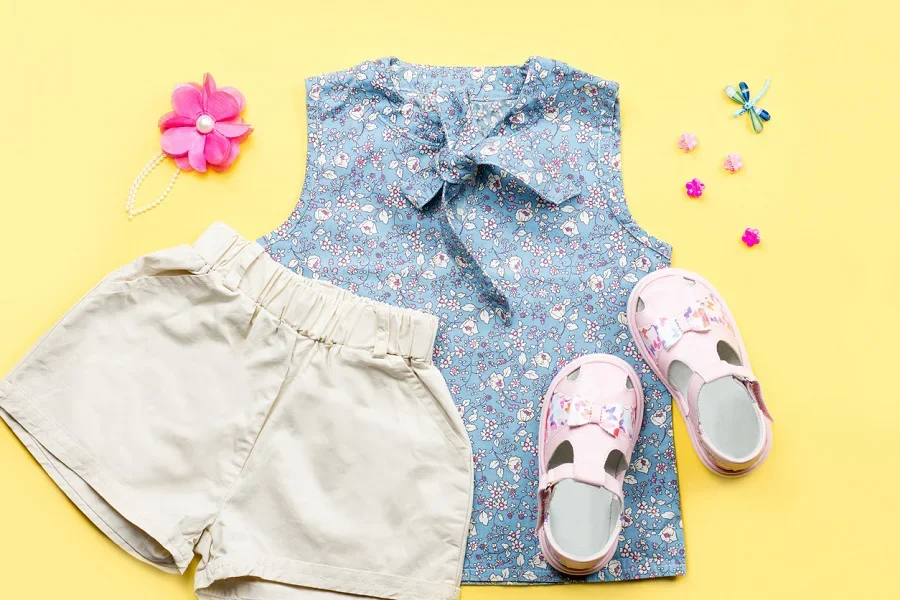
Today’s kids’ clothing is becoming more than just something to wear—it’s turning into a tool for education and exploration. Innovative brands are now combining nature-inspired designs with technology to engage children with environmental concepts. For example, augmented reality (AR) brings prints to life. A T-shirt with a mushroom pattern can be scanned with a tablet to show how mycelium networks grow, transforming static designs into interactive ecosystems. This approach meets the growing demand from parents for real sustainability, moving beyond vague eco-friendly claims to something tangible and educational.
One real-world example is Tokyo’s Digital Cherry Blossom project. The streetwear brand Glitch created kids’ T-shirts with scannable floral patterns that encouraged families to grow virtual trees across 12 urban districts. Over 15,000 people participated, using the app to document different tree species, proving that wearable designs can inspire conservation efforts. This kind of innovation is driving a major shift in the children’s clothing market. According to the Global Child Tech Census 2024, demand for tech-integrated kids’ apparel has grown by 58%, showing that interactive design is here to stay.
Nature’s Classroom on Fabric
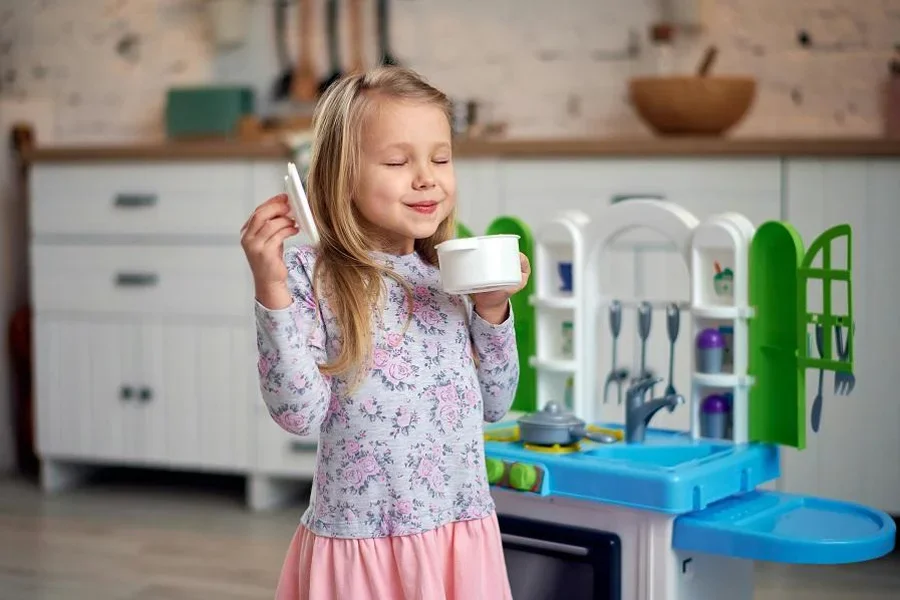
Designers are also drawing inspiration from ancient geological patterns and using them to create clothing that comforts and educates children. For instance, Mini Rodini collaborated with child psychologists to create spiral motifs for their “Calm Collection.” Studies have shown that these patterns can reduce anxiety by 34%. The collection also uses earthy tones like clay and bark in soft, flowing textures, which children can trace with their fingers during stressful moments. These thoughtful designs turn everyday clothing into tools that help kids feel grounded and calm, meeting the needs of 73% of parents who are prioritizing emotional well-being in their children’s clothing.
Danish brand Engel & Völkers takes this concept outdoors with their “Meadow Walk” line. The brand’s clothing features detailed prints of grass blades and soil microbes, inspired by research from the Karolinska Institute, which found that regular exposure to soil can boost children’s immunity by 28%. Each piece of clothing includes a scannable patch that identifies local plants through AR, encouraging kids to explore and learn during nature walks. This creative approach has resonated with families, increasing the brand’s direct-to-consumer engagement by 41% last quarter.
Waste Not, Wonder More
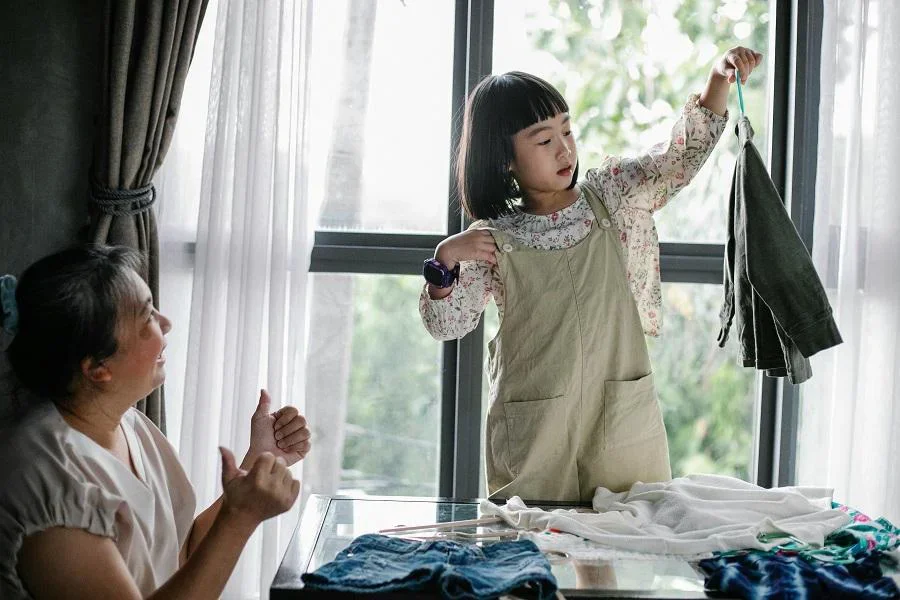
Sustainability in kids’ fashion has reached new levels, with brands finding creative ways to reuse discarded materials. London designer Charlie Sheppard turns textile waste into vibrant animal prints: zebra stripes are made from leftover denim, and leopard spots come from recycled plastic bottles. Each piece of clothing includes a tag that explains its environmental impact, such as “This dress contains 37 repurposed bottles.” Early adopters of this approach have seen their sales increase by 29%, as parents appreciate knowing exactly how their purchases are helping the planet.
Brazilian swimwear brand Puket is also making waves with its focus on ocean conservation. The brand uses biodegradable sequins made from crushed oyster shells to create fractal patterns on kids’ rash guards. For each item sold, the brand funds the restoration of 10 square feet of coral reef. To further its eco-friendly efforts, Puket also uses algae-based dyes that absorb carbon dioxide during production. These innovations have helped the brand reduce its production waste by 62% in 2024 while aligning with sustainability trends like the “Shell Skins” strategy, which emphasizes ocean-inspired materials.
Inclusive Blooms & Brave Bots
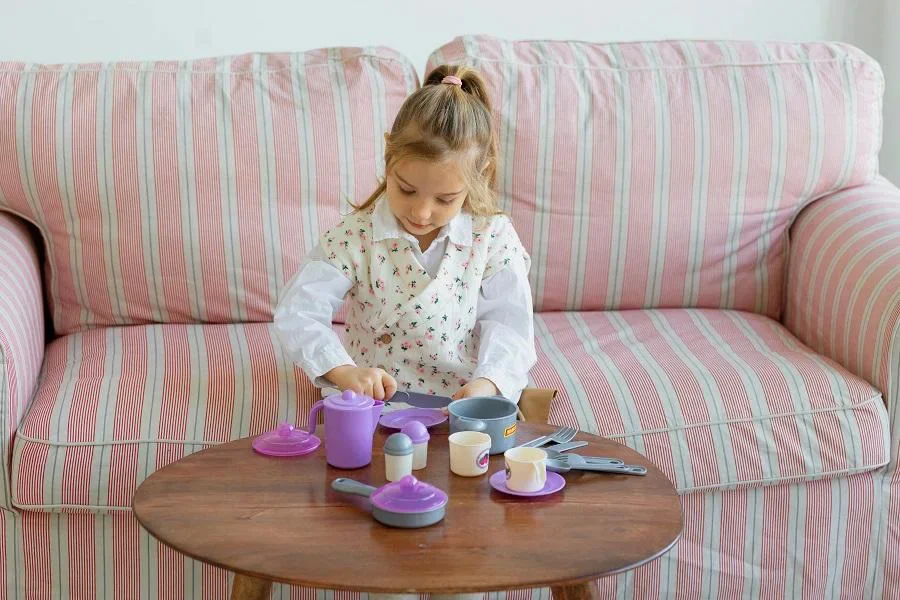
Kids’ clothing is also becoming an avenue for inclusivity and education. UK brand Frugi partnered with the Hidden Disability Sunflower initiative to create clothing that supports neurodivergent children. Cheerful sunflower prints on collars and cuffs act as discreet signals for children with hidden disabilities, helping to normalize these conditions and create a safer environment in public spaces. This thoughtful design approach has resonated with parents, driving a 41% increase in sales while fostering inclusivity.
Colombian label Pompom combines science education with playful designs in their “Electric Jungle” collection. Using thermochromic inks, which change color with temperature, the brand created bioluminescent mushroom prints that shift from blue to violet in sunlight. Another standout item is their dinosaur backpack, which teaches kids about photosynthesis through color-changing features. One young tester, 7-year-old Maya, summed it up best: “My shirt breathes like plants do!” These fun, educational designs have been a hit, increasing time spent on product pages by 83%.
Cultivating Tomorrow’s Forest
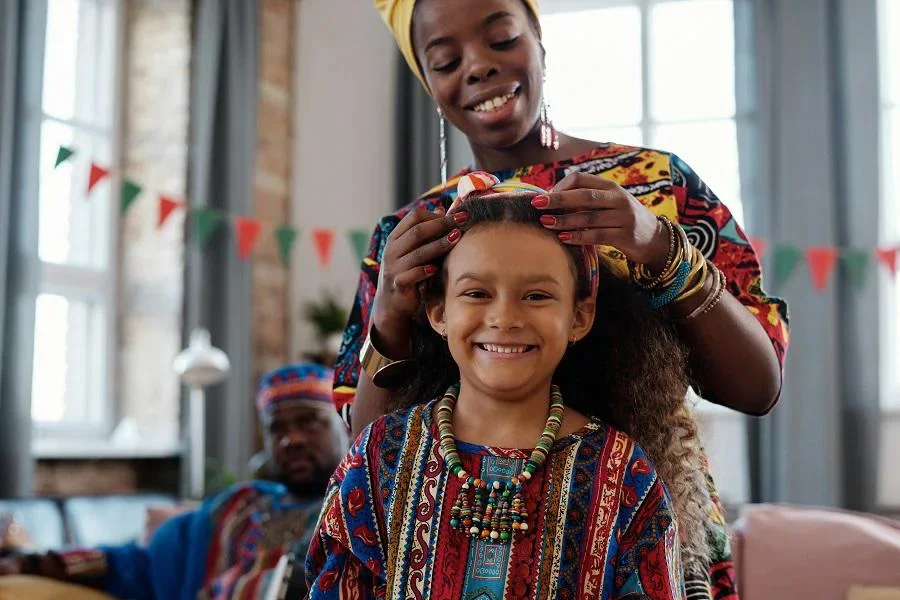
Advances in material science are transforming how kids’ clothing is made. Algae-based inks, for example, decompose 200 times faster than synthetic dyes and absorb carbon dioxide during production. Patagonia has embraced this innovation in their Play Base Layer collection, featuring mountain-themed prints made with algae-based inks. This eco-friendly approach has resonated with consumers, leading to a 23% increase in sales.
Lego is also making strides in sustainability through its partnership with the Billion Oyster Project. The company’s ocean-themed sets feature shells and coral textures printed with limestone-based dyes, with every purchase funding reef restoration efforts. Adidas, meanwhile, is pioneering a new way to recycle kids’ shoes. Their Futurecraft.Loop sneakers include removable print patches, which make the shoes easier to recycle. H&M has also made recycling more accessible with their scannable “Cotton Journey” tags, which helped boost recycling rates by 81%. These innovations show that brands can combine sustainability with commercial success, paving the way for a cleaner, greener future.
Conclusion
The future of kids’ fashion is about more than just clothing—it’s about creating a positive impact on children, families, and the planet. By integrating interactive technology, sustainable materials, and educational features, brands are reshaping how children experience their environment and learn through play. These innovations inspire connection, foster creativity, and teach valuable lessons about sustainability and inclusivity. As the industry continues to evolve, kids’ fashion proves it can be a powerful force for change, helping to build a smarter, more compassionate, and environmentally aware generation.

